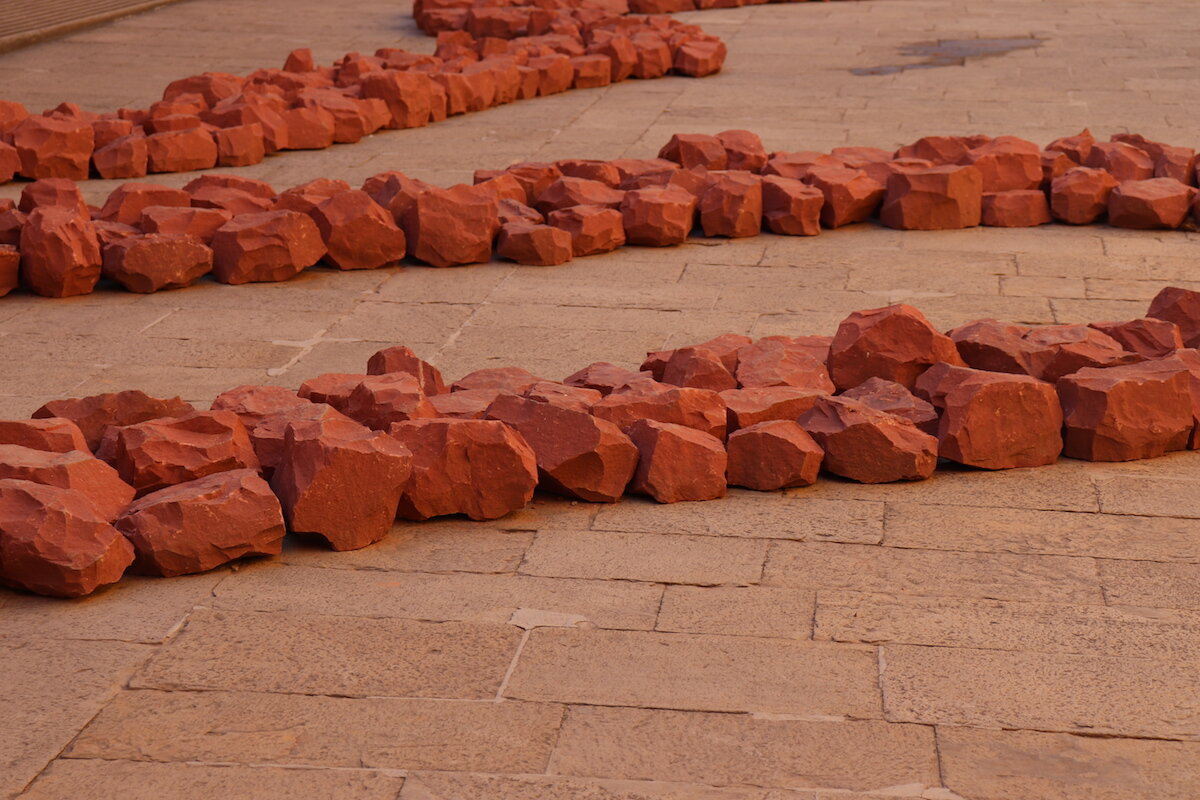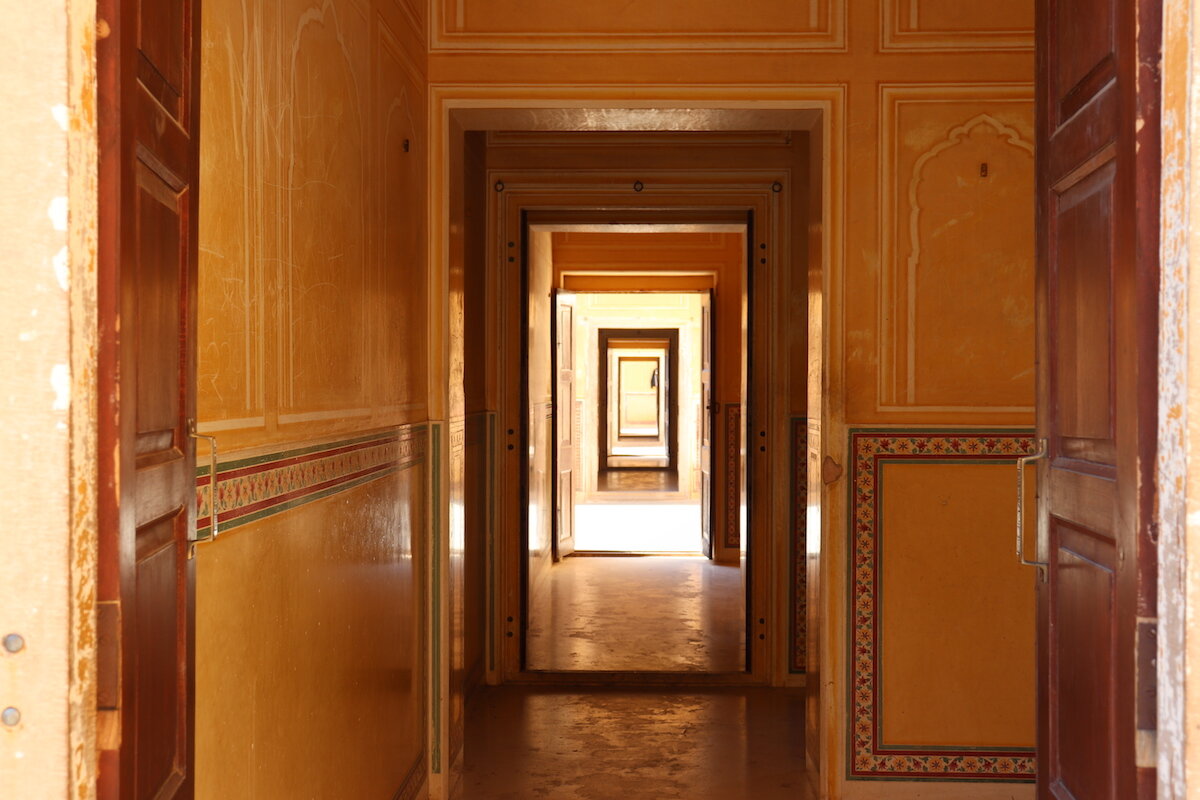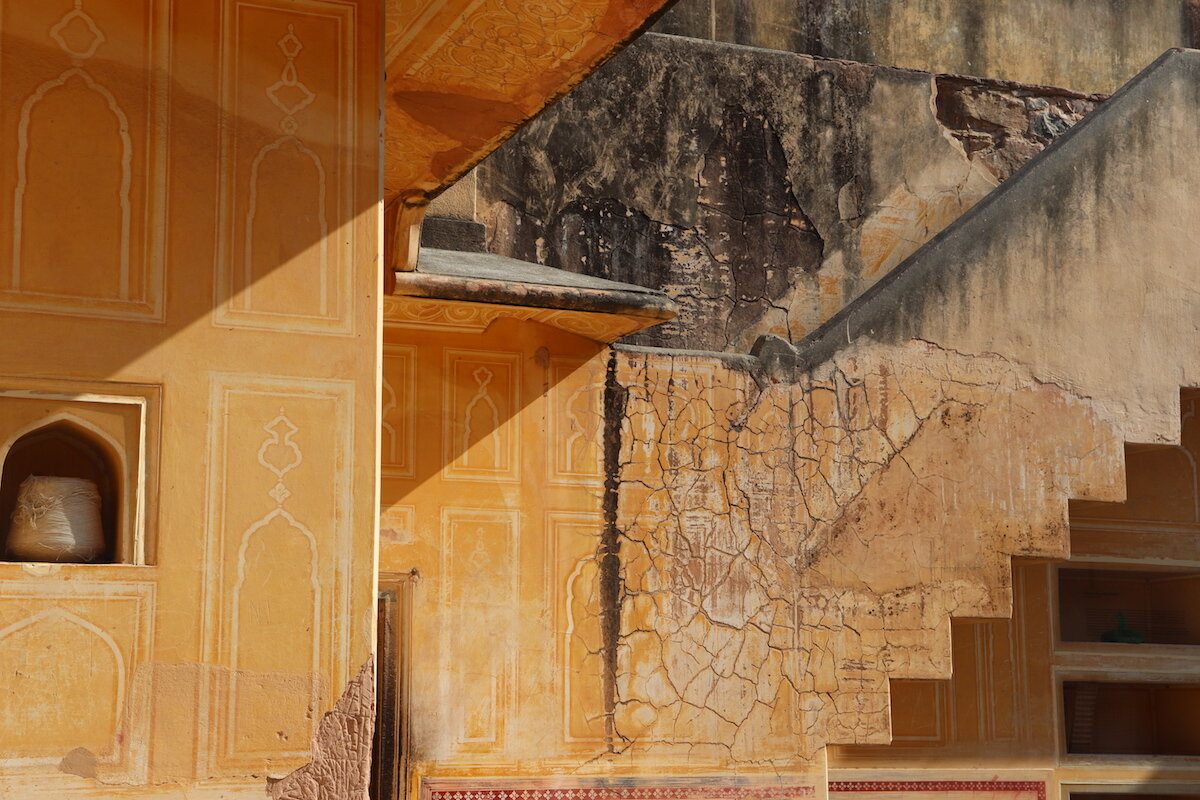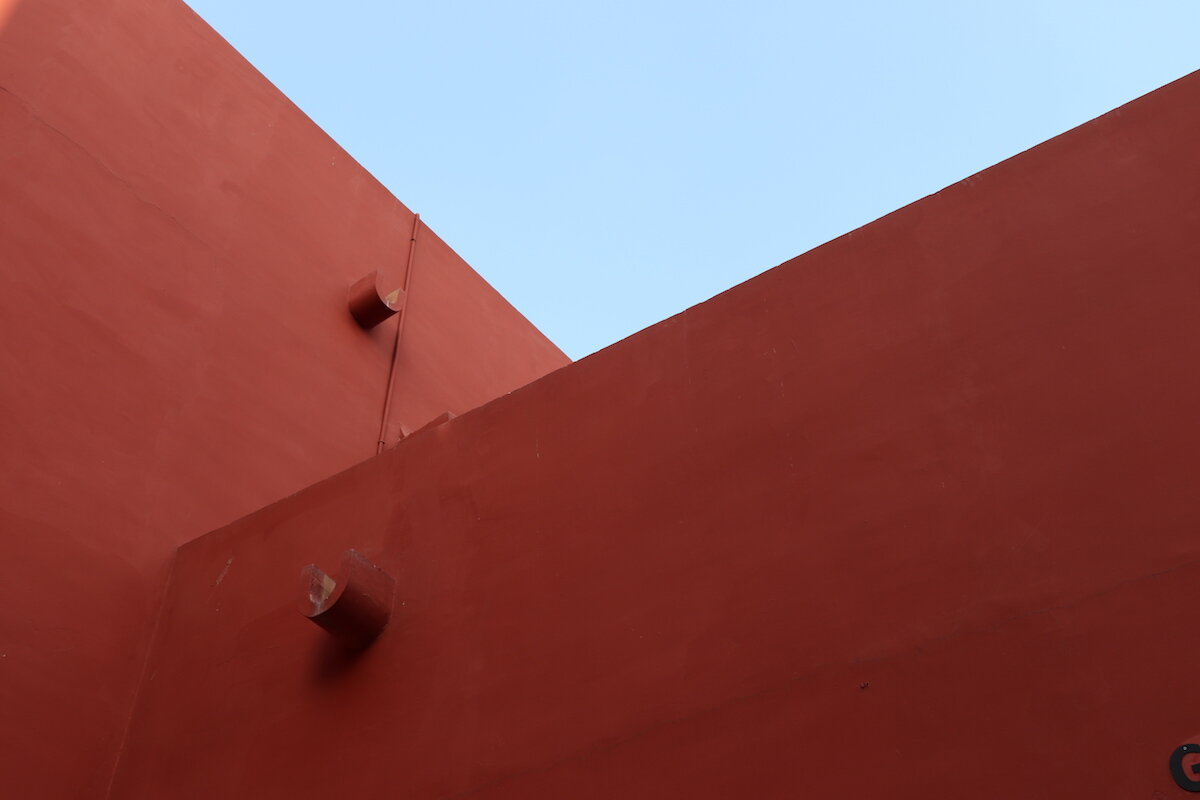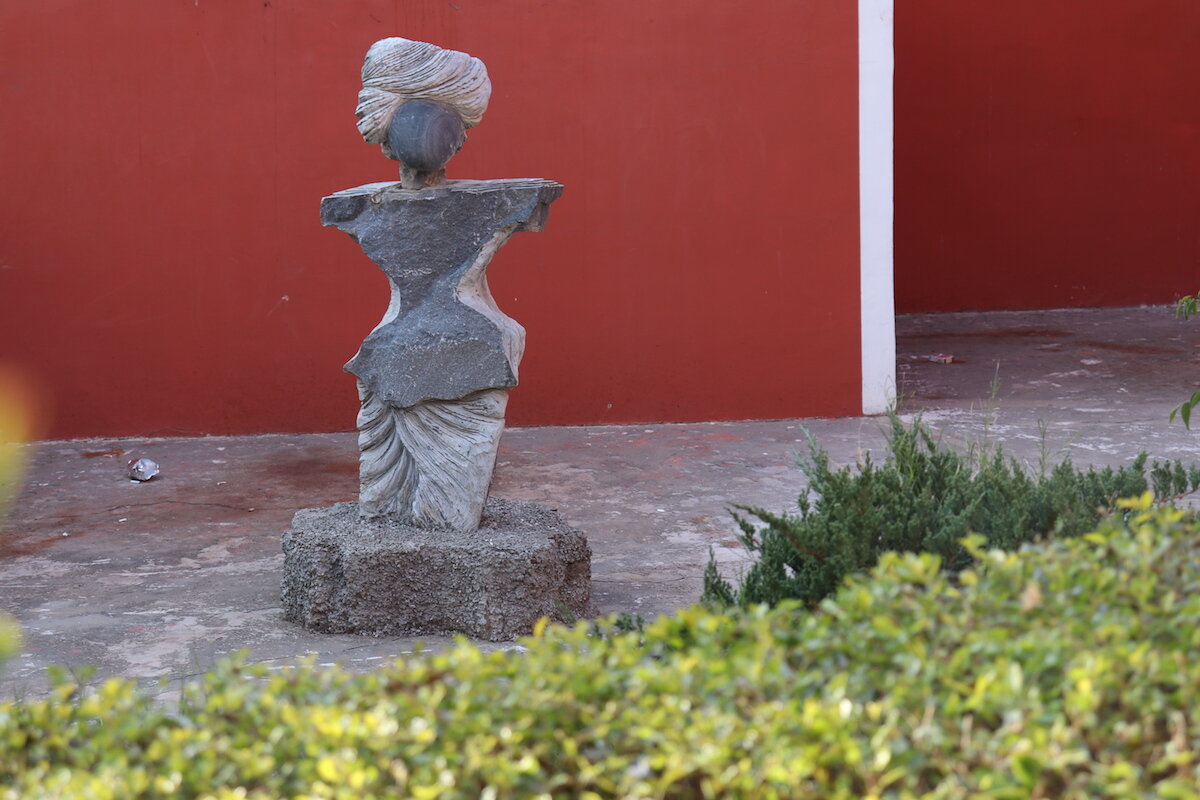Museums in India and Architecture of Diversity
“Real museums are places where Time is transformed into Space,” said Orhan Pamuk in his novel, The Museum of Innocence. The relationship between time and space is undeniable when it comes to museums and galleries, where people and their artworks are tied within the confines of the present. The role of the museum must serve the purpose of relaying tales of the era they come from despite the immobile disposition of the artefacts in display. The performative aspects of museums and memorabilia are fascinating because of this precise juxtaposition of ‘timescapes’ and interaction.
ANATOMY OF A MUSEUM
A museum rests on three important pillars: 1) autonomy, or who takes the responsibility of choosing theme, historical period and choice of objects, the first step towards creating an identity; 2) ideology, or the museum owners’ approach towards representing its theme; and 3) context, or the deftness of representing the time from which the displayed materials come from. A museum showcases the delightful coming together of visual stimuli and written words, both opposite in character, through descriptions that heighten the trope of paradox inherent within the idea of a museum. What we inherited from the colonizers in the form of residual impact went on to become an institution of representation – that itself is proof of the transient nature of meaning from one context to another.
IDENTITY AND THE NATION-BUILDING PROJECT
A museum contributes significantly to the construction of narratives around material culture and identity. Museum building was one way of upholding India’s diverse heritage after the country became independent from British colonial rule, in order to celebrate its rich and multifaceted history. The establishment of the National Museum in Delhi served such a purpose. Opened to the public in 1960, the first ever director of the museum was Grace Morley (1900–1985) who had founded the Museum of Modern Art (MoMA) in San Francisco.
One of the earliest museums of India, which exists since before the country’s independence, is the Indian Museum of Calcutta (present-day Kolkata). Founded in 1814, it is located in the lap of the Asiatic Society of Bengal building that was founded by William Jones in 1784. The present building of the Indian Museum, which was opened in 1875, is a thriving example of materials from across disciplines – its coin room contains the largest collection of Indian coins in the world. The evolution of its name – from Asiatic Society Museum to Imperial Museum to Indian Museum – is indicative of its movement through changing times, politically and socially, which reiterates the role of context in the construction of identity in cultural institutions. The Indian Museum heralded the start of a long journey of museum spaces in the country, with the British building new museums in Madras (Chennai), Patna, Bombay, Lucknow and Jaipur. It remains a definite moment in the history of the subcontinent. The incorporation of a Western cultural import into the fabric of the country’s public realm signalled the arrival of modern, scientific and rational thought into the public spaces of the subcontinent.
Calcutta is home to another important museum space that highlights the legacy of none other than Rabindranath Tagore, the cultural doyen of Bengal and India. In 1961, the Government of Bengal established the Rabindra Bharati University within the residential complex of Tagore’s ancestral house, known popularly as Jorasanko Thakurbari. The house in which Tagore was born in 1861 is now known as the ‘Maharshi Bhavana’ and houses the Rabindra Bharati Museum. The museum is a stunning reminder of the legacy of the Tagore family and their life and artistic creations, as well as of 19th century Renaissance of Bengal. In fact, the oeuvre of artistic and historical representation transcends the museum and resonates from the entire physical space of Jorasanko Thakurbari. Tagore’s ‘Bichitra Bhavan’, which he built in 1897 on the west of ‘Maharshi Bhavan’, was done tastefully in early 20th century colonial style. His love for trees and densely growing foliage can be well seen in the south side of the house, which consists of several trees. It stands testimony to Tagore’s philosophical leanings as much as it does to the colonial architectural styles of the time.
INDIVIDUAL COLLECTORS AND THE ALPHABET OF AESTHETICS
It is interesting to trace the journey of museums in India that have traversed a long path of grit and struggle. It will not be wrong to say that museums paved way for the structural codification of tangible, material culture through the physical encapsulation of heritage artefacts.
With over 400 museums in the country today, we continue to witness a persistent growth of museums in accordance to the trends of the day. From the broad umbrella of national identity, museums gradually became more regional in nature as the years went by.
Museums today have cropped up in interesting spaces. They may be part of specific departments in educational institutions, find roof in fancy malls or even become the aesthetic projects of well-established textile or jewellery brands – thanks to capable leaders and innovative entrepreneurs. Such collections highlight region-specific histories, aesthetics and themes that may not have found their due within the larger homogenous narratives of the nation. Private collections built by art connoisseurs from across the country confirm the hand of the upper, elite class shaping the language of aesthetics and cultural representation in an era when the visual supersedes everything else. The emphasis is not only on preservation of heritage as we know it but to also revive lost traditions.
THE EVOLVING NATURE OF INDEPENDENT MUSEUMS
Private, independent museums constitute individual taste and vision as against that of the state machinery. While providing us audience a far greater range of perspectives into history, art and culture, these museums have diluted the concept of ‘high culture’ and the formula of what ‘ought’ to be represented, by accommodating multiple stories, languages, aesthetic traditions, religions and the like. The onus of keeping such a museum going now belongs as much to the masses as the owners, since it is all about attracting the audience and finding new ways of expanding the meaning-making vocabulary. The Amrapali Museum in Jaipur is built on the idea of ‘the everyday life of the people of India, especially its tribes’. Within a very short time, it has created a buzz in the art circuit as well as on social media. The museum, comprising of two floors, primarily displays jewellery and other items of beauty along with the curation of a unique history of design.
In Jaipur we also have the Jawahar Kala Kendra of Jaipur, popularly known as JKK, which was established as an international art and culture centre to preserve and promote Indian art and culture. It functions as a popular cultural destination that gives tourists a wide-eyed glimpse of Rajasthani culture in nutshell while serving as a platform for folk performers, musicians, dancers, theatre practitioners, and so on. It is not hard to notice that active proliferation of cultural centres such as this forms a quintessential aspect of the state tourism of Rajasthan. The institution’s building, designed by the renowned architect, Charles Correa, is based on the concept of ‘Navagraha’ (nine planets) in Indian astrology. It also resembles the square-grid plan of Jaipur city. ‘Adjoining the main building of JKK, a rural complex housed in its 9.5 acre complex known as Shilpgram is the venue for fairs, haat bazaars and festivals. It has six huts representing Braj (Bharatpur), Hadauti (Kota), Tribal (Dungarpur), Desert (Barmer and Bikaner), Shekhawati (Sikar) and Centre (Jaipur)’.
In the otherwise dishevelled Nahagarh Fort in Jaipur stands the finely built and preserved Madhavendra Bhawan palace that comes from the reign of Sawai Madho Singh (19th–20th centuries). The fort now houses the Sculpture Park, a not-for-profit initiative in conjunction between the Government of Rajasthan and Saat Saath Arts. This public-private collaborative effort inaugurated in 2017 is the first of its kind; it offers an interesting spatial dimension of interaction between visitors and the works of art in a perhaps more intimate manner. But that happens to be the nature of sculpture – both for the creator and the onlooker.
Historical palaces and forts across northern India have been an eternal favourite of both ‘desi’ and international travellers. They have been part of our collective consciousness for the longest time, easily accessible as they are and providing suitable grounds for weekend outings, socialisation, school tours, educational visits and ideal set-ups for photo shoots. The negotiation between timeless old art and exciting contemporary art is what makes the Sculpture Park an establishment to look out for.
Art no longer exists or flourishes in isolation today. It has been breaking confines and barriers with every advent of technological innovation, and the projects undertaken by the Park indicate such a spirit of contemporaneity and collaboration. In addition, “(u)sing culture as an engine for development, job creation, education, tourism and growth, the Sculpture Park serves to build a sense of community, both micro and macro, local and international, and to foster dialogue around the arts”.
While the Sculpture Park is set in a historical fort, the Kasturbhai Lalbhai Museum in Ahmedabad “is one of the few examples of a house turned into a museum, in the country”. Located a hundred metres away from the Calico Museum of Textiles in Shahibaug, it is an architectural marvel of sorts. A house-turned-museum, by its very definition, sets the tone for the kind of collections one may witness here; there’s no doubt that a lot of the collectibles are curated according to the personal taste of the Lalbhai family. The range of art paintings are diverse and covers all the major Indian schools of art such as the Persian, Mughal, Rajasthani, Pahari and Deccan schools, along with Tibetan Thangkas, Company School portraits, Bengal School of art and modern and contemporary art.
Founded by Sanjay Lalbhai and Jayshree Lalbhai, the duo sought to make the museum complex an experiential space of experiencing art, material culture and performances, which is why it hosts an amphitheatre as well. Apart from housing the priceless works of Rabindranath Tagore, the museum also consists of rare and precious manuscripts such as the oldest versions of the ‘Khamsa of Nizami’, the five illustrated poems by the Persian poet Nizami Ganjavi (12th century). One can ‘read’ the ‘khamsa’ on an iPad when visiting the museum.
NO DEARTH OF REPRESENTATION
A museum may have changed nature and broken few boundaries form and definitions but their relevance continues to grow. As cultures become increasingly global and technology erases lines between communities, people inhabit a virtual world defined by communication and sharing. From virtual to physical, traditional to non-conforming, public to private, museums continue to expand and invade spaces of social and cultural representations, especially of communities and regions that have been in the shadows for the longest time. There has been a breakdown of hierarchy, at least on the surface. The onus of starting and sustaining a museum lies on sharp business acumen like any other enterprise; this has opened avenues for aesthetic brands, corporates looking to give back, and big business families willing to invest in the country’s socio-cultural image. For students, scholars and aesthetes, this is undoubtedly a great time to explore if one is looking for immersive experiences in our diverse material culture. As audience, we are part of the storytelling and meaning-making, which is beyond interesting.

